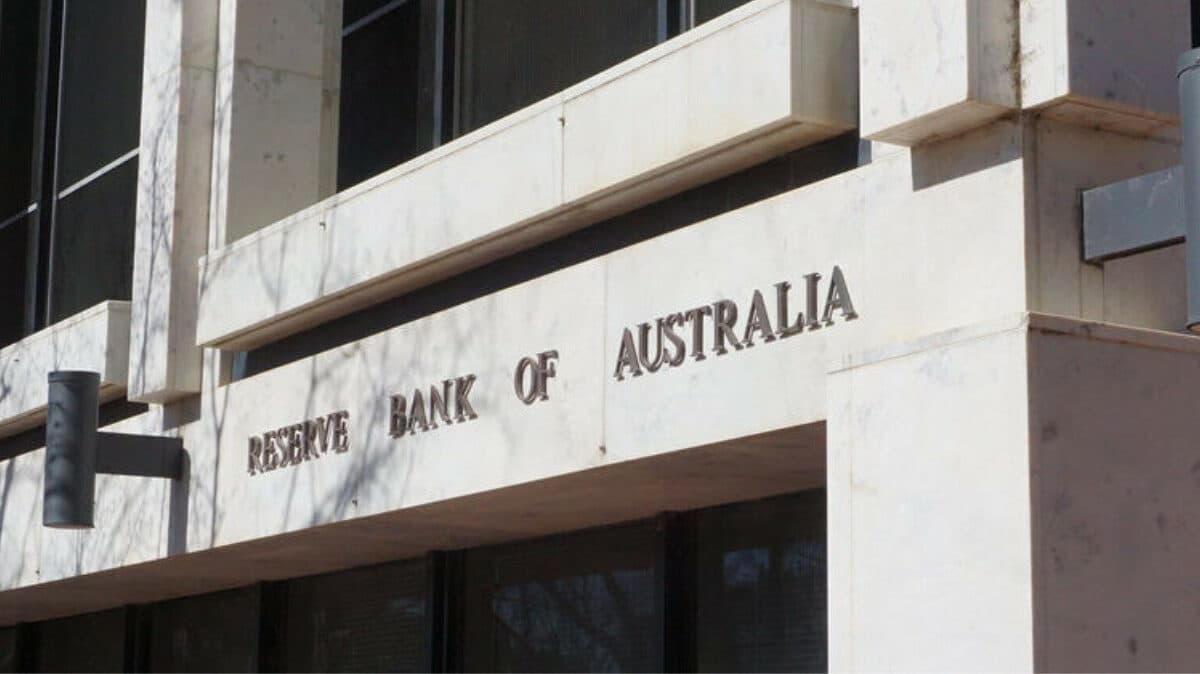In a resolute and cautious move, the Reserve Bank of Australia (RBA) has decided to maintain its interest rates at 4.10 per cent, the highest level seen in 11 years.
This decision marks a pause in the RBA’s aggressive tightening cycle and allows for a thorough evaluation of the economic impact of previous rate hikes. The central bank remains vigilant in its monitoring of inflationary pressures and emphasizes that future tightening measures may be necessary to rein in rising prices.
The RBA’s prudent stance reflects its commitment to ensuring economic stability and managing inflationary concerns. By holding rates steady, the central bank seeks to carefully assess the consequences of its previous actions before determining the need for further adjustments. This cautious approach highlights the RBA’s dedication to balancing economic growth with price stability.
With 400 basis points of rate hikes implemented since May of the previous year, the RBA’s tightening cycle stands as one of the most assertive in recent history. These measures were undertaken to curb inflation, which posed a threat to the country’s economic outlook. However, the RBA acknowledges that additional tightening may be required to bring inflation back within its target range.
The decision to maintain rates at the current levels is also indicative of the RBA’s acknowledgment of the uncertain economic environment. By taking a pause, the central bank is able to closely monitor key economic indicators and assess their impact on the overall financial landscape. This cautious approach allows the RBA to make informed decisions based on the evolving economic conditions.
While the RBA’s decision to hold rates steady provides a temporary reprieve for borrowers, it is important to note that the possibility of future rate hikes still looms. The central bank remains steadfast in its commitment to achieving its inflation targets and will take necessary actions to ensure economic stability in the long term.
Market participants will closely watch upcoming economic data, including employment numbers and consumer price index figures, to gauge the strength of the economy and potential future moves by the RBA. As the central bank continues to navigate the challenging economic landscape, it seeks to strike a delicate balance between fostering economic growth and managing inflationary pressures.
Anneke Thompson, Chief Economist, CreditorWatch said: “The Reserve Bank of Australia (RBA) made the decision today to hold the cash rate at 4.10 per cent, with data released in June not definitive enough to warrant a further increase at this stage. There is still concern about the very tight labour market and underlying inflation. Looking overseas, inflation in areas that are typically labour intensive is only decreasing very slowly, while price rises for goods are coming down faster. This is the same in Australia, where we recorded a decline of 0.4 per cent in the price of clothing and footwear.
“On the flip side, price rises of meals out and takeaway food accelerated over the year to May 2023, rising to 7.7 per cent from 7.3 per cent the month prior. This is likely caused by continued high labour, energy and food prices forcing restaurant and café owners to continue to pass on these additional costs. On the demand side, the roughly 30 per cent of Australians who neither rent nor have a home loan, by and large, continue to spend on services and meals out.
“We are now nearing, if not at, the point in the monetary policy tightening cycle where further rises to the cash rate will have limited further effect. Households with a home loan have already endured the fastest and steepest rise to the cash rate in history, with most of these people unable to increase income enough to offset their higher interest repayments.
“The savings rate of Australians is now below pre-COVID levels, and COVID era savings will have been exhausted already by many people. Therefore, it is highly likely that these households with a home loan (roughly 40 per cent of Australian households when including investors) have already pulled back significantly on their discretionary spending. The RBA will now be hoping businesses slow their hiring intentions, taking some pressure off wages and reducing inflation in labour-intensive parts of the economy.”
Keep up to date with our stories on LinkedIn, Twitter, Facebook and Instagram.

